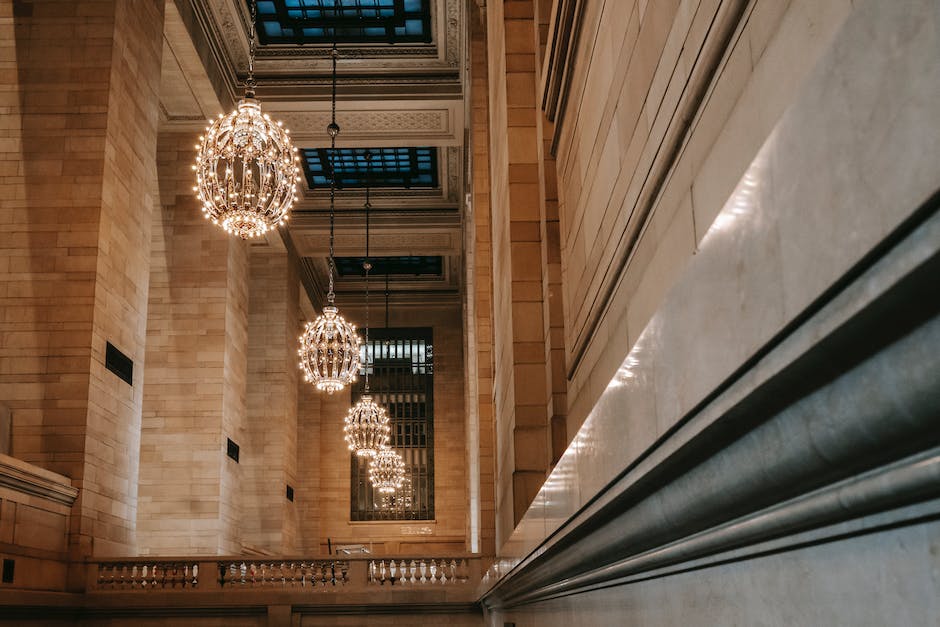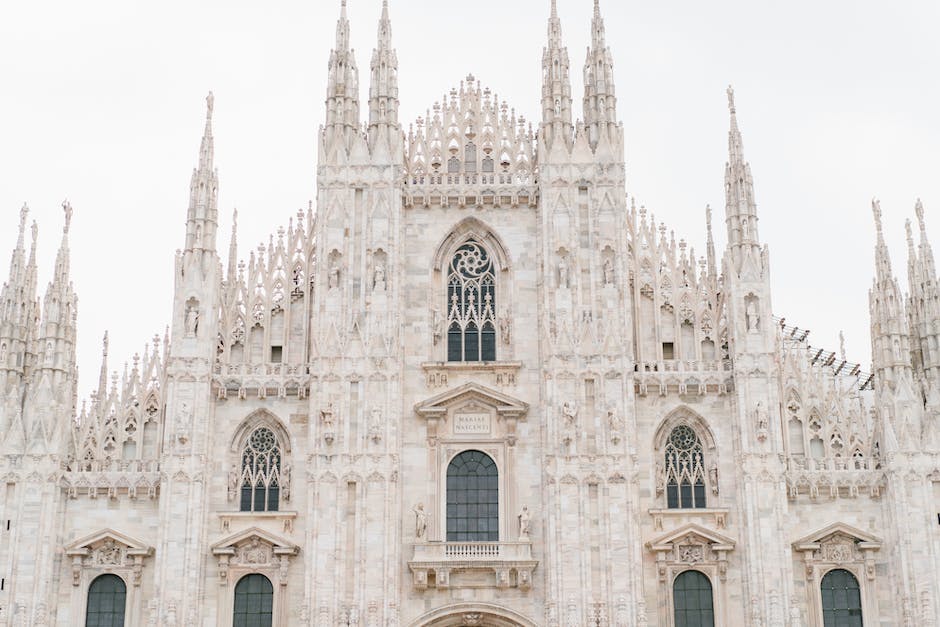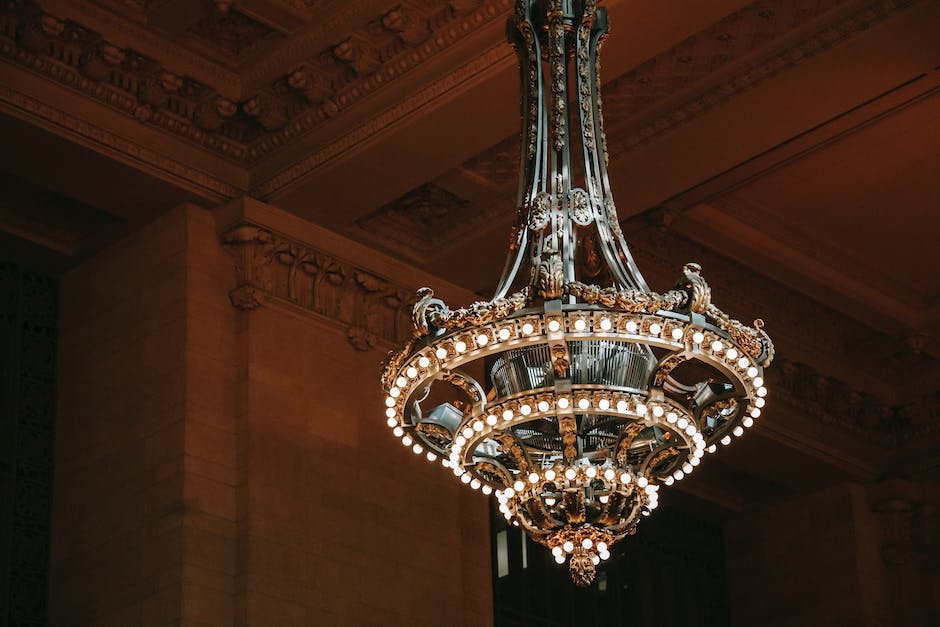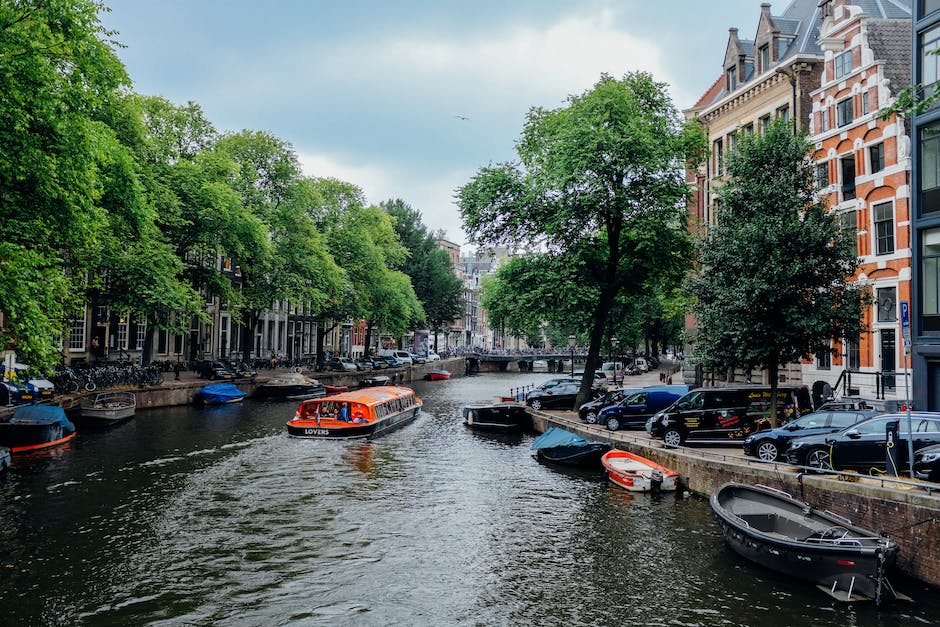Preserving the history of marijuana is a constant struggle. Every year, there is another round of lawmakers passing laws making changes and updates to the drug laws in every state.
Of course, this includes adding medical marijuana laws, decreasing penalties for small-scale cannabis operations, and expanding access to quality product.
This comes at a cost, though. As more people seek quality product and greater access, the prices rise exponentially. This can be a prohibitively expensive way to obtain quality product!
Fortunately, there are several ways to get your high without signing up for a tour of your local dispensary. These museums offer great information at low prices, so you do not have to spend a fortune to learn about potiquette and the history of pot!
There are many museum programs that link visitors into their community through events or tours, so finding one that meets your needs is easy enough.
Visit a local dispensary

Did you know there are over a dozen cannabis museums in California? Most of them are located in larger cities with a lot of dispensaries, but you can also visit them at their dispensary locations if you don’t have one in your area.
The cannabis museum is a great way to learn more about marijuana and how it has changed over the years. From antiquity to the 20th century, marijuana was an important part of many cultures.
Many communities that had no other source of income made pot their money from selling cannabis. These places might have been a pharmacy, market, or hotel where people would come to obtain and use it.
Since most modern-day drug users do not know the history of pot, there are many historical re-enactments that take place at tobacco museums to learn more about the past.
Learn about the history of marijuana

There are dozens of museums devoted to history, art, and culture in California, so it is not easy to choose where to go. However, there are some important museums that focus on the history of marijuana and cannabis as a plant and drug.
Most of these museums are located in major cities throughout the state, making it easy to start your tour at a different museum each week. By the end of the week, you will have visited all of the major museums that deal with this issue.
There are very specific reasons why certain museums deal with issues such as drug use or historical artifacts related to drugs and how they handle them. Many see this as an opportunity to educate people about themselves and their histories while still preserving property for future generations.
This article will discuss some of these important marijuana museums so that you can take advantage of them on your next trip to California.
Discover the different varieties of cannabis

There are several distinct varieties of marijuana, each with its own culture, history, and heritage. Despite the fact that many people know little about these different varieties of cannabis, they do have some significant differences in appearance and use.
For example, there is a difference between regular cannabis and dutch cannabis, both of which are used for pain and/or pleasure. There is also a difference between Yakuza cannabis and Thai dutch cannabis, both of which are used for healing purposes.
As you learn more about different types of marijuana, you can start discussing them with your friends or put them in a museum if there is one for California’s medicinal marijuana industry.
Look at your own collection of cannabis memorabilia

If you have a joint, a t-shirt or hoodie, a button, or a wallet with you that has cannabis imagery on it, you have an isolated case of historical cannabis memorabilia.
But is it worth preserving your artifact for? Or does it make more sense to donate it to an education program or the cannabis community?
In this article, we will discuss some of the different kinds of historical cannabis Memorabilia and how to tell if your piece is worth investing in. We will also cover some ways to preserve your piece if you decide to part with it.
Talk to other cannabis enthusiasts

Your journey as an adult cannabis user is not over when you graduate from the museum. There are many cannabis user–focused museums across the country to learn and share your knowledge of marijuana hocnd and its history.
Many of these museums have educational programs for adults and children alike, giving them an opportunity to learn more about marijuana. They also have a way for people who are no longer active in drug life but still enjoy drugs to visit.
At this type of museum, you will get to talk to other people who are looking into the effects of marijuana or those who use it for medical purposes.
Take pictures of your collection

Keeping pictures of your cannabis collection in a safe place is a great way to pass this down to the next generation. They can explore the stories behind their favorite strains!
Some historical cannabis collectibles are worth keeping, even if you never use your flowers or concentrate. These include: lights, jars, posters, and brochures.
Lights are often sold in bootlegged form, so it is important to have a good quality light. Jars can sometimes have subtle markings on them that identify the manufacturer, so those with more integrity than I do consider removing them.
A poster or brochure that you use often may end up being saved for future reference, since they may be the first thing people see when looking at your stash.
Write down details of your collection
If you have any pot leaves, posters, stickers, or other memorabilia from the cannabis culture, consider saving it. These pieces can be complex to summarize, so please do your best to do so!
Many cannabis cultural artifacts are ephemeral, made of materials that degrade quickly. To keep these items preserved, consider putting them in a sealed box or bag and having a trusted person handle it as it ages.
If you have important papers from your cannabis collective, consider keeping those in a safe place where they will not be exposed to water or humidity for long periods of time.
If you have paintings or graphics related to cannabis culture, consider renting or buying a new one to preserve them! Lastly, if you have musical recordings or sounds associated with the cannabis industry, Consider renting or buying a new one to preserve them.
Make sure your collection is properly stored

Your marijuana collection should be classified as vintage, so it is important to know how to properly store it. Vintage items have a higher preservation priority than modern items.
Modern cannabis products such as shops, leafly, restaurants, and coffee shops that LMND cannabis are using are advised to use high temperature conditions for storage. These include houses or apartments that have not been used in a long time, or ones with little attention given to them over the years.
Old pesticides and herbicide agents that are now weed are good storage candidates because they did not get rid of completely when they were grown or pesticide sprayed. These would be kept away from children and other beings that could use them because they could possibly hurt someone if they were bad for them.


